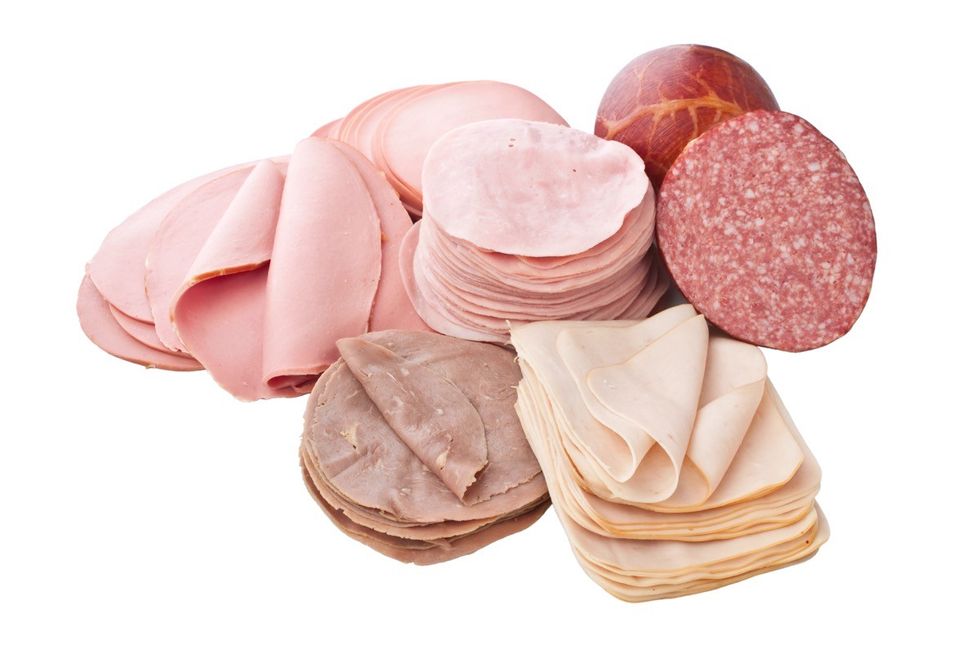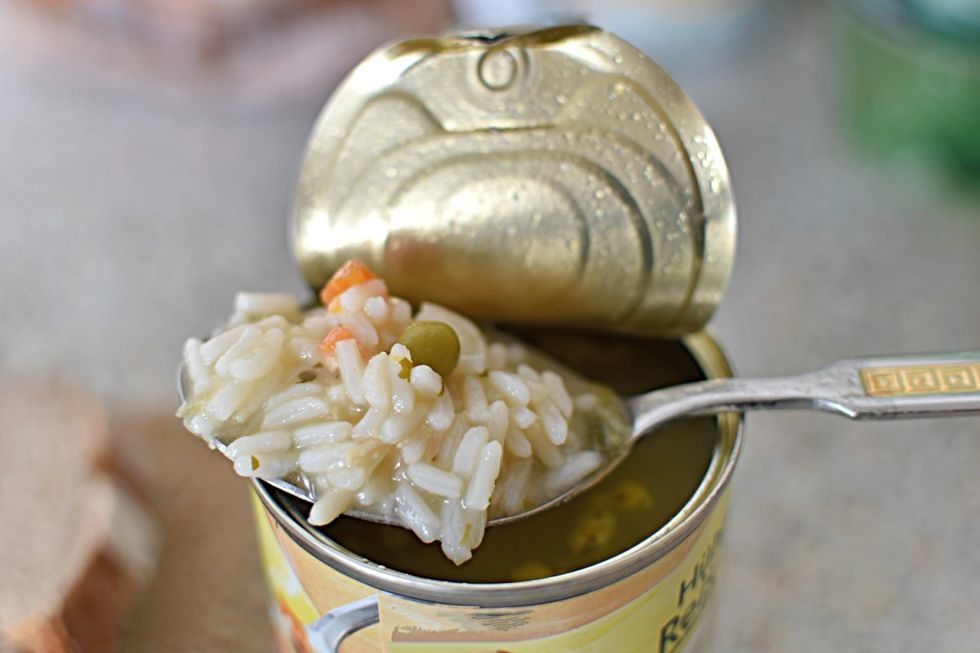
Amid all the bird flu news, you may not have noticed similar stories in recent weeks about tularemia cases—otherwise known as "rabbit fever"—spiking across the country. The disease is caused by Francisella tularensis bacteria and typically makes its way to humans via tick or deer fly bites, as well as contact with infected animals such as rodents, prairie dogs, rabbits, and hares, according to the Centers for Disease Control and Prevention (CDC). And with data now showing a 56 percent rise in cases in the U.S. over the past decade, it’s becoming more important to know the symptoms it can cause in humans.
RELATED: COVID Levels are "Very High" and "High" in These 28 States After Holiday Surge.
Reported tularemia infections are widespread, but most are concentrated.
The latest information comes from the CDC’s Morbidity and Mortality Report released on Jan. 2, which stated 2,462 reported "rabbit fever" infections from 2011-2022. Most cases were "among children aged 5–9 years, older men, and American Indian or Alaska Native persons."
Cases have also been widely dispersed geographically, with at least one reported in 47 states. However, half of all infections were seen in just four heartland states: Arkansas, Kansas, Missouri, and Oklahoma. The agency notes that the recent uptick could be partly due to increased laboratory tests in recent years.
Scientists found a new mode of transmission.
While insect bites and direct animal exposure can sometimes lead the disease to jump over into human hosts, it’s not the only way. In 2000, a vineyard in Massachusetts reported a six-month-long outbreak that started when a lawnmower hit a nest of infected animals and aerosolized the bacteria, leading to 15 illnesses and one death, per Science Alert. More recent cases in Colorado were also traced back to a lawnmower incident.
The CDC designated the bacteria a "tier-1 select agent." The top risk level refers to organisms that "pose a severe threat to public health and safety" because they "present the greatest risk of deliberate misuse with significant potential for mass casualties or devastating effect to the economy, critical infrastructure, or public confidence," per the CDC’s biosafety plan.
RELATED: RSV Levels Are "Very High" and "High" in These 21 States.
There is a wide range of "rabbit fever" symptoms you should look out for.
Tularemia infection can present itself differently in humans depending on its transmission. According to the CDC, the most common is an ulcer that develops on the site where it enters the body via tick or fly bite, as well as swelling of lymph nodes in the region. Sometimes, it may only be shown by glandular swelling—typically in the groin or armpits.
Swelling, redness, and irritation in the eyes can signal oculoglandular infection when someone has touched their eyes after butchering an infected animal. Those who ingest the bacteria via contaminated water or food can similarly develop sore throat, mouth ulcers, tonsillitis, and swelling of lymph glands in the neck.
The agency warns that most serious cases develop during pneumonic transmission, which occurs when someone breathes in the bacteria. Typically, this causes cough, chest pain, and difficulty breathing, but it can also occur if an infection spreads to the lungs from elsewhere in the body via the bloodstream.
Overall, the CDC notes that all forms are typically accompanied by a high fever that can reach 104 degrees Fahrenheit. It can also potentially be life-threatening.
"The case fatality rate of tularemia is typically less than two percent but can be higher depending on clinical manifestation and infecting strain," the CDC’s latest report notes, adding that the infection is treatable with antibiotics.
There are basic precautions you can take to protect yourself.
Fortunately, some simple steps can help reduce your risk of tularemia infection. The CDC suggests wearing pants, long-sleeved shirts, and socks whenever hiking or camping to prevent fly and tick bites. Any attached ticks should be removed promptly with tweezers. The agency also warns against drinking any untreated surface water.
Those operating lawnmowers should try to avoid hitting any deceased animals or potential nests, checking for potential carcasses before beginning yard work. The CDC also says wearing a mask might help prevent inhaling aerosolized bacteria.
RELATED: Flu Levels Are "Very High" and "High" in These 14 States.
The takeaway.
There has been an increase in tularemia infections over the past decade. Also known as “rabbit fever,” the disease is caused by a bacteria that can spread through contact with animals such as rabbits, hares, rodents, and prairie dogs; drinking water or food contaminated with the microorganisms; or breathing in aerosols that might be kicked up during landscaping or yard work.
Symptoms can vary depending on how the bacteria is contracted but typically involve a high fever along with ulcers on the skin, in the mouth, or in the eyes, and regional swelling of thyroid glands. Pneumatic infection can cause cough, chest pain, and difficulty breathing. The CDC recommends that anyone who notices these symptoms after potentially coming into contact with an infected animal to seek out medical attention immediately.
 Published by Mirror By Vassia Barba The questionnaire used in the jury selection process for Donald Trump's historic hush money trial is “by far the most exhaustive” the court has ever used, according to New York Judge Juan Merchan. Trump returned to a New York courtroom on Tuesday as the jury selection process for his […]
Published by Mirror By Vassia Barba The questionnaire used in the jury selection process for Donald Trump's historic hush money trial is “by far the most exhaustive” the court has ever used, according to New York Judge Juan Merchan. Trump returned to a New York courtroom on Tuesday as the jury selection process for his […] Published by Mirror By Vassia Barba The questionnaire used in the jury selection process for Donald Trump's historic hush money trial is “by far the most exhaustive” the court has ever used, according to New York Judge Juan Merchan. Trump returned to a New York courtroom on Tuesday as the jury selection process for his […]
Published by Mirror By Vassia Barba The questionnaire used in the jury selection process for Donald Trump's historic hush money trial is “by far the most exhaustive” the court has ever used, according to New York Judge Juan Merchan. Trump returned to a New York courtroom on Tuesday as the jury selection process for his […]







